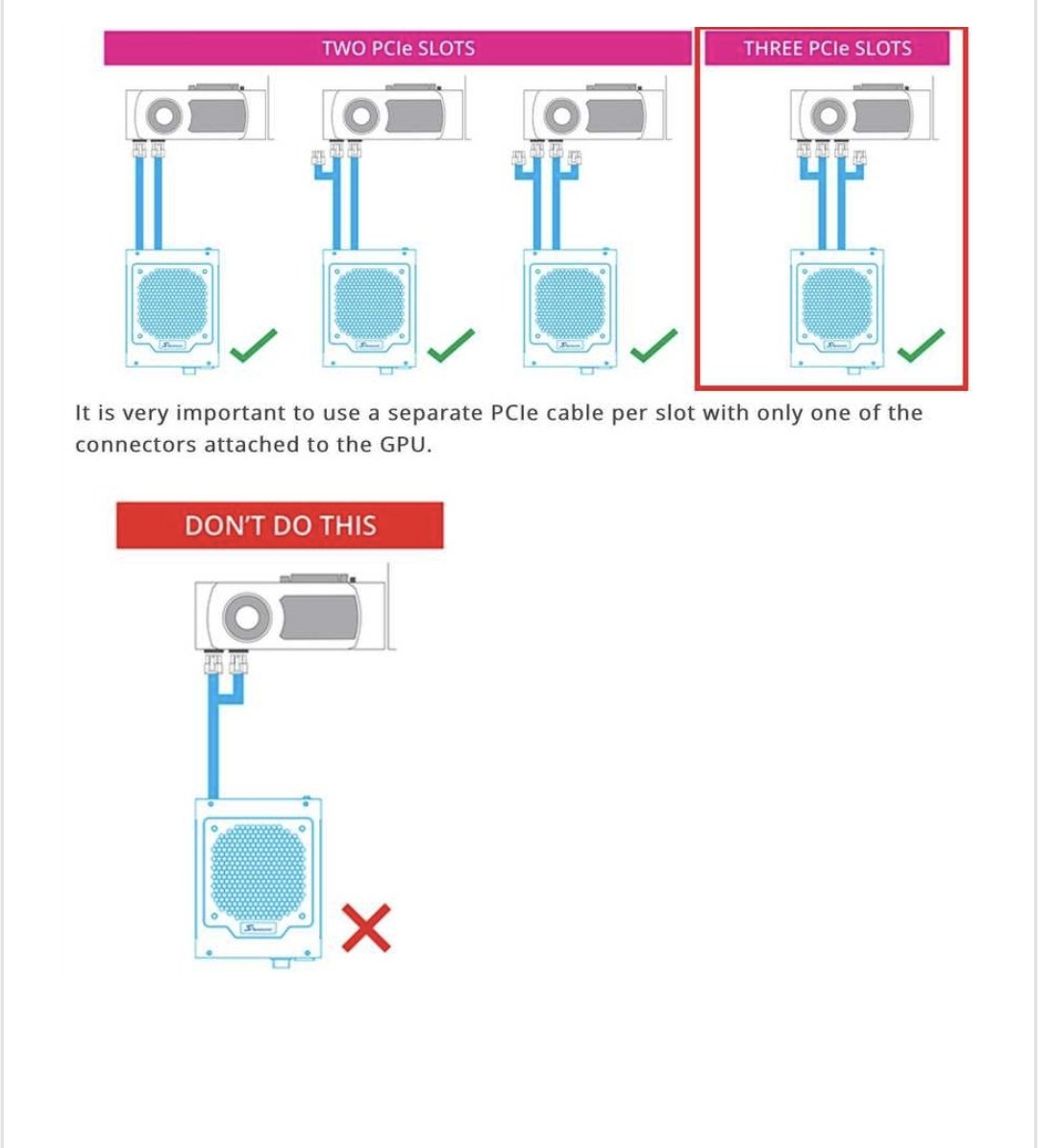this post was submitted on 27 Aug 2024
105 points (95.7% liked)
PC Gaming
8576 readers
232 users here now
For PC gaming news and discussion. PCGamingWiki
Rules:
- Be Respectful.
- No Spam or Porn.
- No Advertising.
- No Memes.
- No Tech Support.
- No questions about buying/building computers.
- No game suggestions, friend requests, surveys, or begging.
- No Let's Plays, streams, highlight reels/montages, random videos or shorts.
- No off-topic posts/comments, within reason.
- Use the original source, no clickbait titles, no duplicates. (Submissions should be from the original source if possible, unless from paywalled or non-english sources. If the title is clickbait or lacks context you may lightly edit the title.)
founded 1 year ago
MODERATORS
you are viewing a single comment's thread
view the rest of the comments
view the rest of the comments

A well built power supply will have a current limit on the connector to prevent the cable melting problem, but that means if you have a card that needs 200w, but only power it via 1 connector you are going to run into problems
12hpwr/6+6 will do 600 watts using a lot less copper than what you'll find in 4 8 pin pcie cables.
The ATX standard allows for a 5% voltage drop. This shitty 2.1 star rated extension cable uses 18 gauge wire which is typically the worst you'll see in a cable. Using this calculator 30 amps on an 18 gauge 3 foot cable leaves you with 0.1v of drop which is within spec. And there's 3 +12v wires in every 8 pin cable. You'll be fine.
Yes, this is the way. I've had to do the maths manually without one of those calculators before, but people still wouldn't believe me.
Best advice is to always do what your PSU maker recommends. If they put the connector on there it probably means they want you to use it.